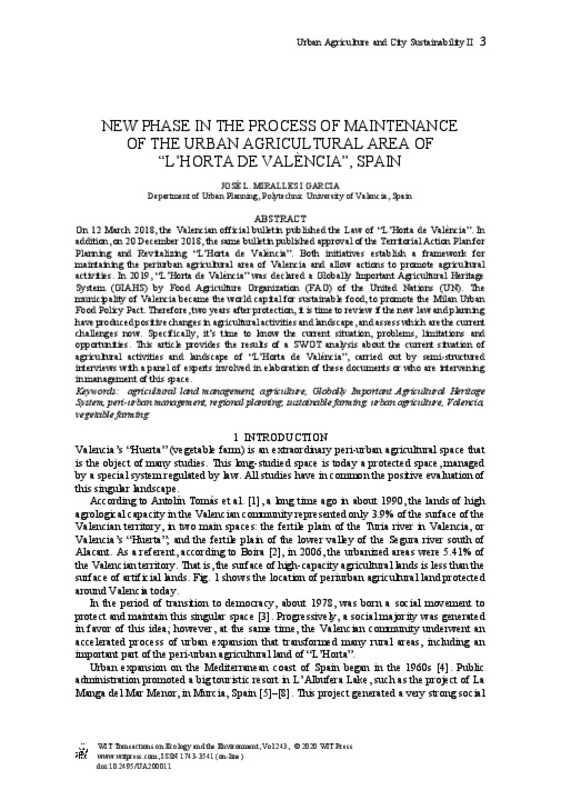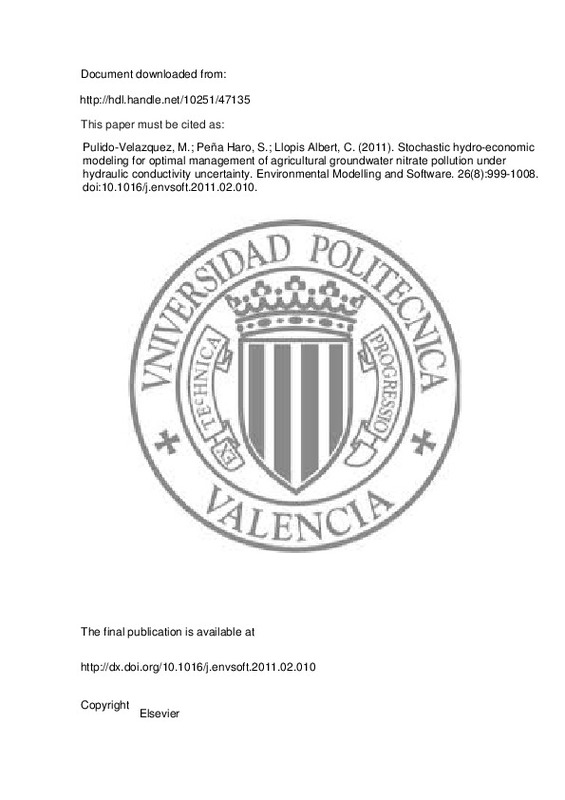JavaScript is disabled for your browser. Some features of this site may not work without it.
Buscar en RiuNet
Listar
Mi cuenta
Estadísticas
Ayuda RiuNet
Admin. UPV
Mobile robotics in smart farming: current trends and applications
Mostrar el registro sencillo del ítem
Ficheros en el ítem
| dc.contributor.author | Yépez-Ponce, Dario Fernando
|
es_ES |
| dc.contributor.author | Salcedo-Romero-de-Ávila, José-Vicente
|
es_ES |
| dc.contributor.author | Rosero-Montalvo, Paul D.
|
es_ES |
| dc.contributor.author | Sanchís Saez, Javier
|
es_ES |
| dc.date.accessioned | 2024-07-08T18:07:12Z | |
| dc.date.available | 2024-07-08T18:07:12Z | |
| dc.date.issued | 2023-08-31 | es_ES |
| dc.identifier.uri | http://hdl.handle.net/10251/205852 | |
| dc.description.abstract | [EN] In recent years, precision agriculture and smart farming have been deployed by leaps and bounds as arable land has become increasingly scarce. According to the Food and Agriculture Organization (FAO), by the year 2050, farming in the world should grow by about one-third above current levels. Therefore, farmers have intensively used fertilizers to promote crop growth and yields, which has adversely affected the nutritional improvement of foodstuffs. To address challenges related to productivity, environmental impact, food safety, crop losses, and sustainability, mobile robots in agriculture have proliferated, integrating mainly path planning and crop information gathering processes. Current agricultural robotic systems are large in size and cost because they use a computer as a server and mobile robots as clients. This article reviews the use of mobile robotics in farming to reduce costs, reduce environmental impact, and optimize harvests. The current status of mobile robotics, the technologies employed, the algorithms applied, and the relevant results obtained in smart farming are established. Finally, challenges to be faced in new smart farming techniques are also presented: environmental conditions, implementation costs, technical requirements, process automation, connectivity, and processing potential. As part of the contributions of this article, it was possible to conclude that the leading technologies for the implementation of smart farming are as follows: the Internet of Things (IoT), mobile robotics, artificial intelligence, artificial vision, multi-objective control, and big data. One technological solution that could be implemented is developing a fully autonomous, low-cost agricultural mobile robotic system that does not depend on a server. | es_ES |
| dc.description.sponsorship | This work was supported by Generalitat Valenciana regional government through project CIAICO/2021/064. | es_ES |
| dc.language | Inglés | es_ES |
| dc.publisher | Frontiers Media | es_ES |
| dc.relation.ispartof | Frontiers in Artificial Intelligence | es_ES |
| dc.rights | Reconocimiento (by) | es_ES |
| dc.subject | Mobile robotics in agriculture | es_ES |
| dc.subject | Smart farming | es_ES |
| dc.subject | Path planning in agriculture | es_ES |
| dc.subject | IoT in agriculture | es_ES |
| dc.subject | Unmanned ground vehicle in agriculture | es_ES |
| dc.subject | Precision agriculture | es_ES |
| dc.subject | Intelligent agriculture | es_ES |
| dc.subject.classification | INGENIERIA DE SISTEMAS Y AUTOMATICA | es_ES |
| dc.title | Mobile robotics in smart farming: current trends and applications | es_ES |
| dc.type | Artículo | es_ES |
| dc.identifier.doi | 10.3389/frai.2023.1213330 | es_ES |
| dc.relation.projectID | info:eu-repo/grantAgreement/GENERALITAT VALENCIANA//CIAICO%2F2021%2F064//DESARROLLO DE HERRAMIENTAS DE OPTIMIZACION MULTIOBJETO PARA PROBLEMAS CON INCERTIDUMBRE. APLICACIÓN A PROBLEMAS DE CONTROL Y DE GESTION DE ENERGIA EN SISTEMAS MICROCHP BASADOS EN PILAR DE HIDROGENO/ | es_ES |
| dc.rights.accessRights | Abierto | es_ES |
| dc.contributor.affiliation | Universitat Politècnica de València. Escuela Técnica Superior de Ingenieros Industriales - Escola Tècnica Superior d'Enginyers Industrials | es_ES |
| dc.description.bibliographicCitation | Yépez-Ponce, DF.; Salcedo-Romero-De-Ávila, J.; Rosero-Montalvo, PD.; Sanchís Saez, J. (2023). Mobile robotics in smart farming: current trends and applications. Frontiers in Artificial Intelligence. 6:1-13. https://doi.org/10.3389/frai.2023.1213330 | es_ES |
| dc.description.accrualMethod | S | es_ES |
| dc.relation.publisherversion | https://doi.org/10.3389/frai.2023.1213330 | es_ES |
| dc.description.upvformatpinicio | 1 | es_ES |
| dc.description.upvformatpfin | 13 | es_ES |
| dc.type.version | info:eu-repo/semantics/publishedVersion | es_ES |
| dc.description.volume | 6 | es_ES |
| dc.identifier.eissn | 2624-8212 | es_ES |
| dc.identifier.pmid | 37719082 | es_ES |
| dc.identifier.pmcid | PMC10500442 | es_ES |
| dc.relation.pasarela | S\499551 | es_ES |
| dc.contributor.funder | GENERALITAT VALENCIANA | es_ES |
| upv.costeAPC | 2000 | es_ES |











